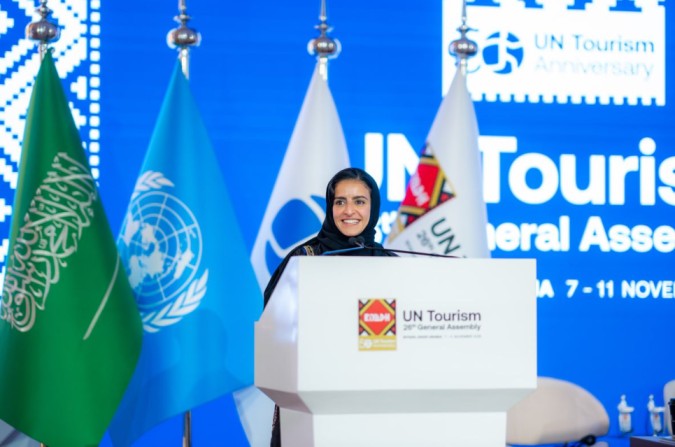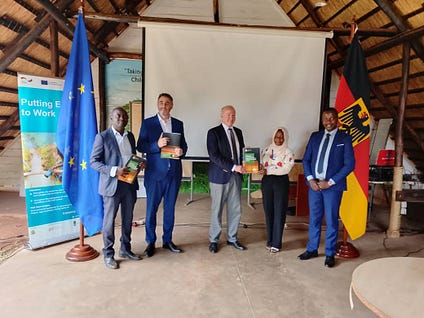SYRIA: Authorities must investigate abductions of Alawite women and girls – Amnesty International

Report on Gender-Based Violence and Institutional Failures in Syria in Relation to Sustainable Development Goals
Executive Summary
This report details a series of abductions and kidnappings targeting Alawite women and girls in Syria, highlighting the Syrian government’s failure to prevent these acts and hold perpetrators accountable. These events represent a severe breach of international human rights law and a significant setback for the achievement of several Sustainable Development Goals (SDGs), most notably SDG 5 (Gender Equality) and SDG 16 (Peace, Justice and Strong Institutions).
Violations of SDG 5: Gender Equality
The reported incidents constitute a direct assault on the principles of gender equality. The systematic targeting of women and girls undermines progress towards creating safe and inclusive societies.
Target 5.2: Eliminate Violence Against Women and Girls
- Since February 2025, at least 36 Alawite women and girls, aged 3 to 40, have been abducted across Latakia, Tartous, Homs, and Hama governorates.
- Amnesty International has documented eight of these cases in detail, revealing abductions in broad daylight.
- Evidence indicates victims have been subjected to physical abuse, with one photo showing a girl who had been beaten by her captor.
- The climate of fear created by these abductions restricts the freedom of movement for all women in the affected regions, impeding their ability to participate in public life, a core component of gender equality.
Target 5.3: Eliminate Harmful Practices, including Forced Marriage
- In at least three documented cases, victims were subjected to forced marriage.
- Two abducted women, already married, were coerced into contacting their families to request a divorce to marry their captors.
- One minor was reportedly “married off” without parental or legal consent, an act illegal under Syrian law and a clear violation of international standards against child marriage.
Violations of SDG 16: Peace, Justice and Strong Institutions
The Syrian authorities’ response to these crimes demonstrates a critical failure to uphold the rule of law, provide access to justice, and build effective, accountable institutions.
Target 16.1 & 16.2: Reduce Violence and End Abuse of Children
- The state has failed in its primary duty to protect its citizens, particularly vulnerable women and children, from violence, abduction, and exploitation.
- The abductions include at least three girls below the age of 18, representing a grave failure to protect children from abuse and trafficking as mandated by SDG Target 16.2.
Target 16.3: Promote Rule of Law and Ensure Equal Access to Justice
- Failure to Investigate: In seven of the eight cases documented by Amnesty International, police and security officials failed to conduct effective investigations or provide families with updates.
- Dismissal of Evidence: Authorities dismissed or ignored new evidence provided by families in four cases. In two instances, officials blamed the victims’ families for the abductions.
- Lack of Accountability: Despite families providing specific information, including phone numbers of abductors and details for ransom transfers, no known arrests have been made or legal proceedings initiated against the perpetrators.
- Suppression of Survivors: In cases where victims were released, families reported being instructed by authorities to remain silent and for survivors to deny the abductions occurred, obstructing justice.
Implications for SDG 8: Decent Work and Economic Growth
Target 8.7: End Modern Slavery and Human Trafficking
The circumstances of the abductions strongly suggest instances of human trafficking for the purpose of exploitation, a direct contravention of SDG 8.7.
- Ransom demands ranging from $10,000 to $14,000 (USD) were made in multiple cases.
- The combination of abduction, confinement, ransom demands, and forced marriage aligns with the definition of trafficking in persons.
- In one case, a family paid the ransom, but the victim was not released, indicating the purpose of the abduction extended beyond financial extortion to other forms of exploitation.
Recommendations for Alignment with SDG Commitments
To address these human rights violations and realign with its commitments under the Sustainable Development Goals, the Syrian government must take immediate and transparent action.
- Ensure Protection and Safety (SDG 5 & 16): Act swiftly to locate all missing women and girls and implement effective measures to prevent further gender-based violence.
- Guarantee Justice and Accountability (SDG 16): Launch prompt, thorough, and impartial investigations into all reported abductions. Perpetrators must be prosecuted to reinforce the rule of law.
- Provide Reparations and Support (SDG 3 & 5): Offer comprehensive, gender-sensitive support, including medical, psychological, and legal assistance, to all survivors and their families.
- Uphold Institutional Responsibility (SDG 16): Ensure that law enforcement and judicial bodies fulfill their duty to protect all citizens without discrimination, ceasing the practice of blaming victims and actively pursuing all credible leads.
SDGs Addressed in the Article
SDG 5: Gender Equality
- The article focuses on gender-based violence, specifically the abduction, kidnapping, physical abuse, forced marriage, and likely trafficking of women and girls in Syria. It calls for an end to these practices and highlights how fear of violence restricts women’s freedom, stating, “Women and girls are afraid to leave the house or walk alone.”
SDG 16: Peace, Justice and Strong Institutions
- The article extensively details the failure of state institutions to protect citizens and provide justice. It describes how “police and security officials failed to effectively investigate the women and girls’ fates and whereabouts” and how they dismissed evidence. This points to a breakdown in the rule of law and a lack of access to justice for victims, directly relating to the need for strong, accountable institutions. The text also covers violence, trafficking, and exploitation, which are central themes of SDG 16.
SDG 10: Reduced Inequalities
- The violence described in the article disproportionately targets a specific religious minority, the Alawite community. The text states that Amnesty International received reports of “at least 36 Alawite women and girls” being abducted, and notes, “The Alawite community, already devastated by previous massacres, has been deeply shaken by this wave of abductions.” This highlights inequality in safety and protection based on religious or community affiliation.
Specific SDG Targets Identified
SDG 5: Gender Equality
- Target 5.1: End all forms of discrimination against all women and girls everywhere.
- The article highlights discrimination as women and girls from the Alawite community are specifically targeted. The call for authorities to ensure “All women in Syria deserve to live free from fear of abuse, discrimination and persecution” directly addresses this target.
- Target 5.2: Eliminate all forms of violence against all women and girls in the public and private spheres, including trafficking and sexual and other types of exploitation.
- This is the core issue of the article. It documents “abduction and kidnapping in broad daylight,” physical beatings, and cases that “may also amount to trafficking in persons.” The entire report is a call to action to prevent and punish these forms of violence.
- Target 5.3: Eliminate all harmful practices, such as child, early and forced marriage.
- The article explicitly identifies forced marriage as a consequence of the abductions. It notes that in at least three cases, the abducted person “was likely subjected to forced marriage by the captor,” including a minor who was illegally “married off.”
SDG 16: Peace, Justice and Strong Institutions
- Target 16.1: Significantly reduce all forms of violence and related death rates everywhere.
- The article describes a “wave of abductions” and physical violence, such as a girl being “beaten, allegedly by the captor” and another woman having her hair shaved for refusing to marry. This directly relates to the need to reduce violence against individuals.
- Target 16.2: End abuse, exploitation, trafficking and all forms of violence against and torture of children.
- The report specifies that the victims include “three Alawite girls below the age of 18” and details the case of a minor who was abducted and subjected to an illegal marriage, addressing violence and exploitation specifically against children.
- Target 16.3: Promote the rule of law at the national and international levels and ensure equal access to justice for all.
- The article provides extensive evidence of the failure of the rule of law. It states, “In all but one of the documented cases, police and security officials failed to effectively investigate,” and that even when provided with evidence like phone numbers of abductors, “no action appeared to be taken by law enforcement.” This demonstrates a clear lack of access to justice for the victims and their families.
SDG 10: Reduced Inequalities
- Target 10.2: Empower and promote the social, economic and political inclusion of all, irrespective of… ethnicity, origin, religion… or other status.
- The article’s focus on the abduction of “Alawite women and girls” shows how a specific religious group is being targeted and excluded from basic state protection, preventing their safe social inclusion and participation in daily life, such as attending “school, university, or work.”
Indicators for Measuring Progress
Indicators for SDG 5 & 16 (Violence, Trafficking, Justice)
- Number of abducted/kidnapped women and girls: The article provides specific figures that can be used as a baseline indicator, mentioning “at least 36 Alawite women and girls” and “28 additional abductions and kidnappings.”
- Number of cases of forced marriage: The article implies this indicator by reporting “at least three cases” where the victim was likely subjected to forced marriage.
- Number of investigations initiated and completed by authorities: The article implies this is a key metric of failure, noting that in the documented cases, authorities “failed to effectively investigate” and provided no updates. Progress would be measured by an increase in prompt and thorough investigations.
- Number of perpetrators arrested, charged, or prosecuted: This is a direct indicator of justice. The article establishes a baseline of zero, stating, “Amnesty International is unaware of any arrests being made, charges being brought or proceedings begun.”
- Proportion of women and girls who feel unsafe: While not a formal statistic, the article implies this through qualitative evidence: “All women are on full alert. We can’t take a taxi alone, walk alone, or do anything without feeling afraid.” This could be measured through surveys.
Indicators for SDG 10 (Inequality)
- Number of victims from a specific minority group: The article uses the number of victims from the Alawite community as a key data point to show that a specific group is being targeted, making this a direct indicator of inequality in safety and security.
Summary of Findings
| SDGs | Targets | Indicators |
|---|---|---|
| SDG 5: Gender Equality |
5.1: End all forms of discrimination against women and girls.
5.2: Eliminate all forms of violence against women and girls, including trafficking and exploitation. 5.3: Eliminate all harmful practices, such as child and forced marriage. |
– Number of cases of gender-based violence (abduction, physical abuse). – Number of suspected trafficking cases. – Number of forced marriages reported. – Proportion of women feeling unsafe to leave their homes. |
| SDG 16: Peace, Justice and Strong Institutions |
16.1: Significantly reduce all forms of violence.
16.2: End abuse, exploitation, trafficking and all forms of violence against children. 16.3: Promote the rule of law and ensure equal access to justice. |
– Number of abductions and kidnappings reported to authorities. – Number of official investigations initiated by police/security forces. – Number of perpetrators arrested, charged, and prosecuted. – Number of abducted children. |
| SDG 10: Reduced Inequalities | 10.2: Empower and promote the social inclusion of all, irrespective of religion or origin. | – Number of victims of violence from specific minority/religious groups (e.g., the Alawite community). |
Source: amnesty.org

What is Your Reaction?
 Like
0
Like
0
 Dislike
0
Dislike
0
 Love
0
Love
0
 Funny
0
Funny
0
 Angry
0
Angry
0
 Sad
0
Sad
0
 Wow
0
Wow
0



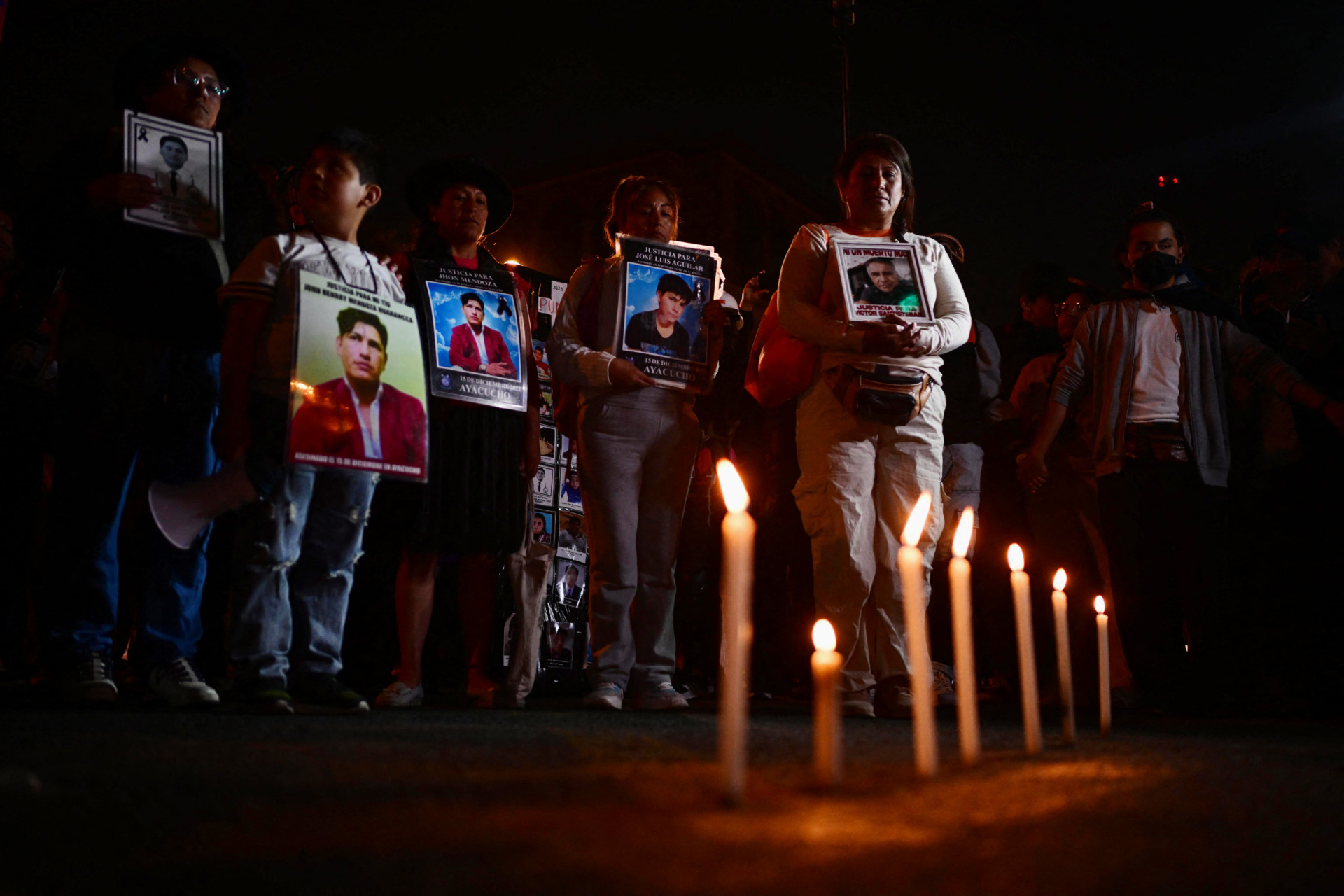













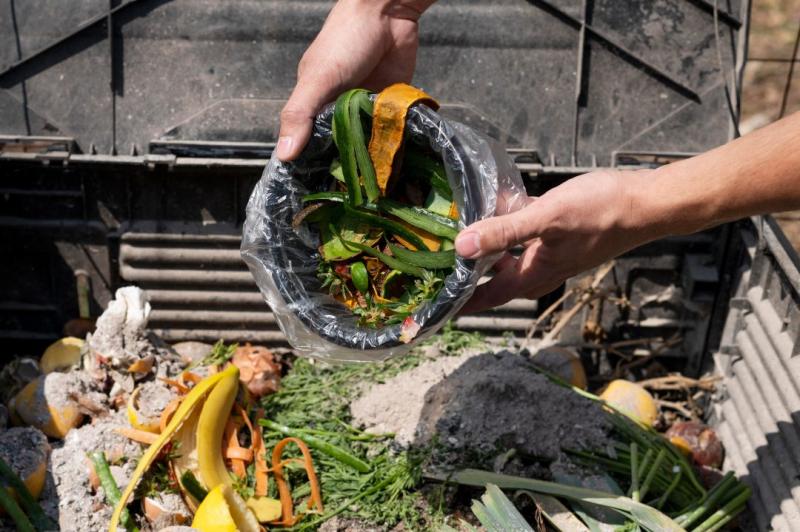




































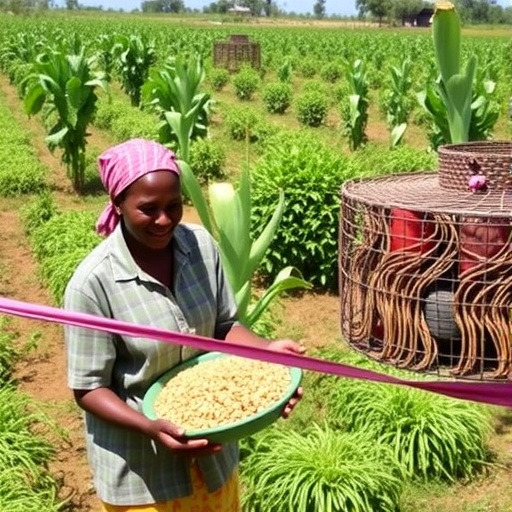
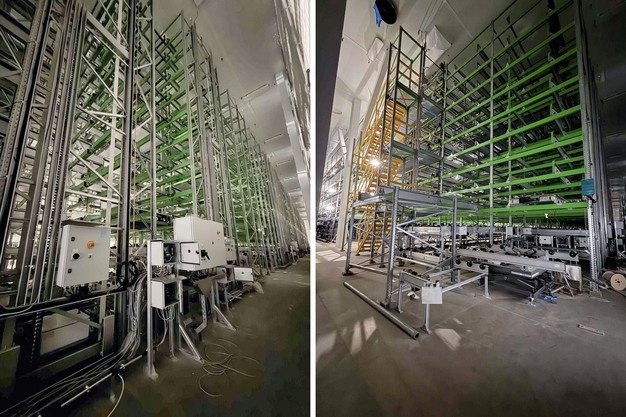



.jpg?#)

